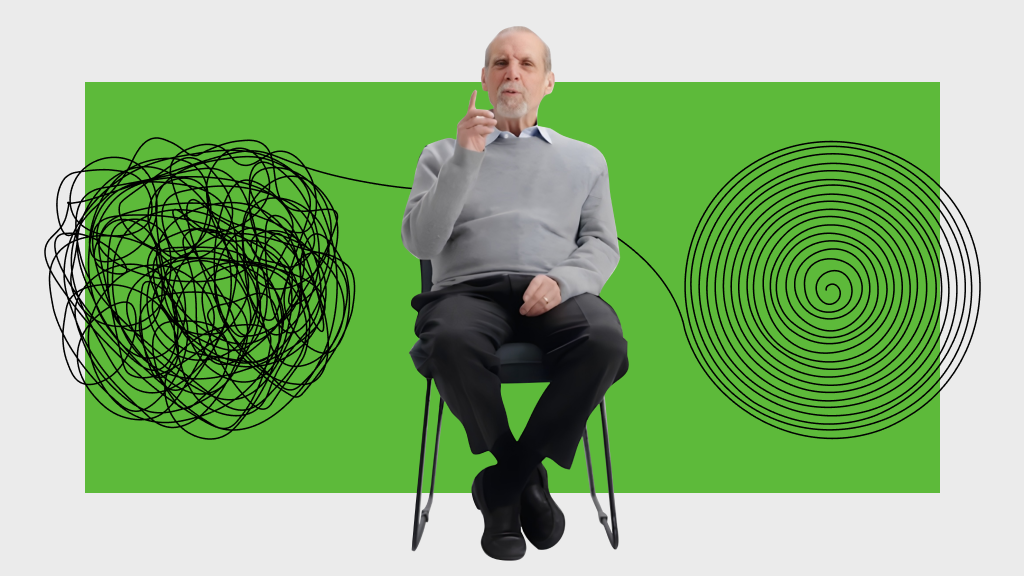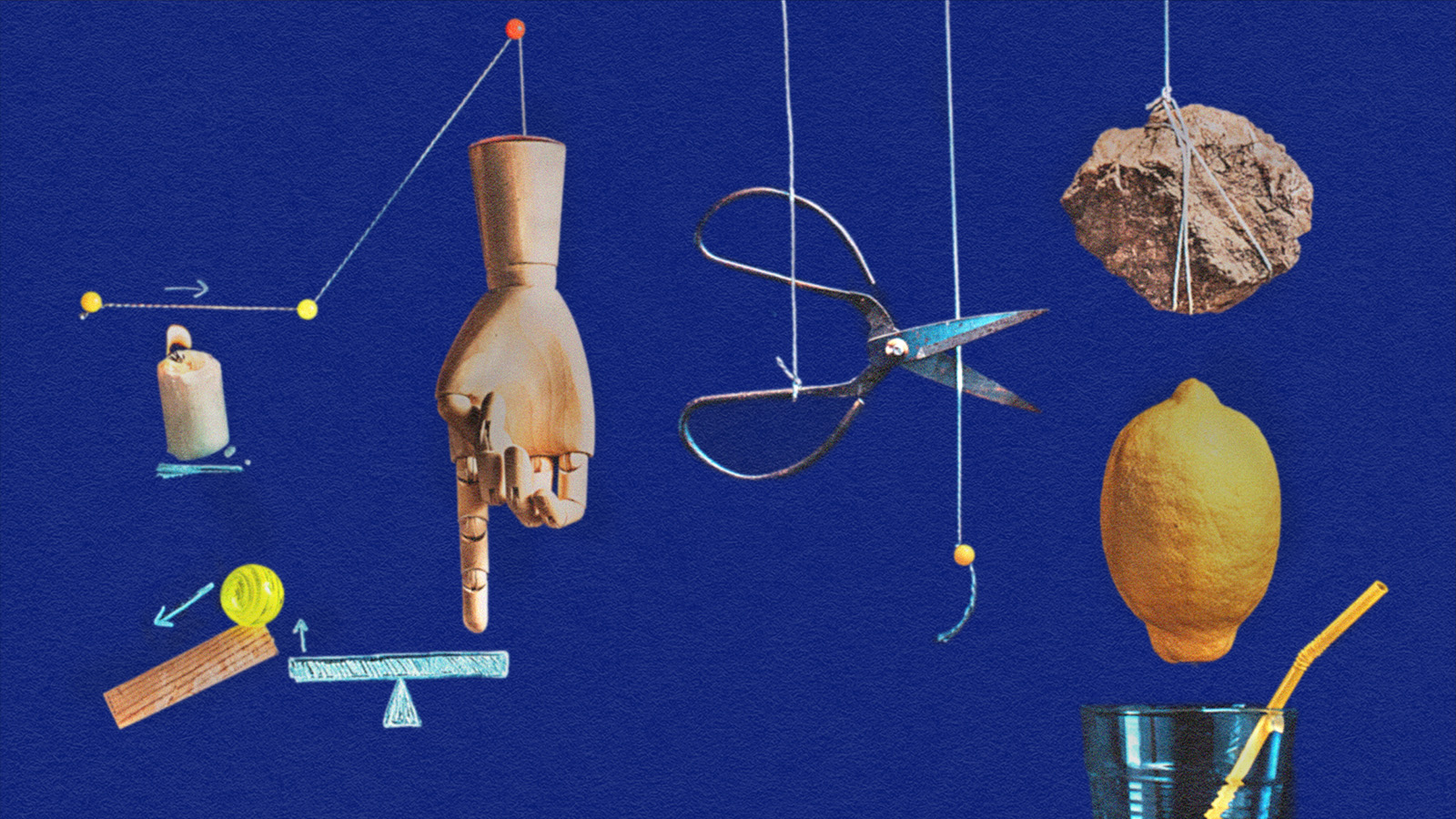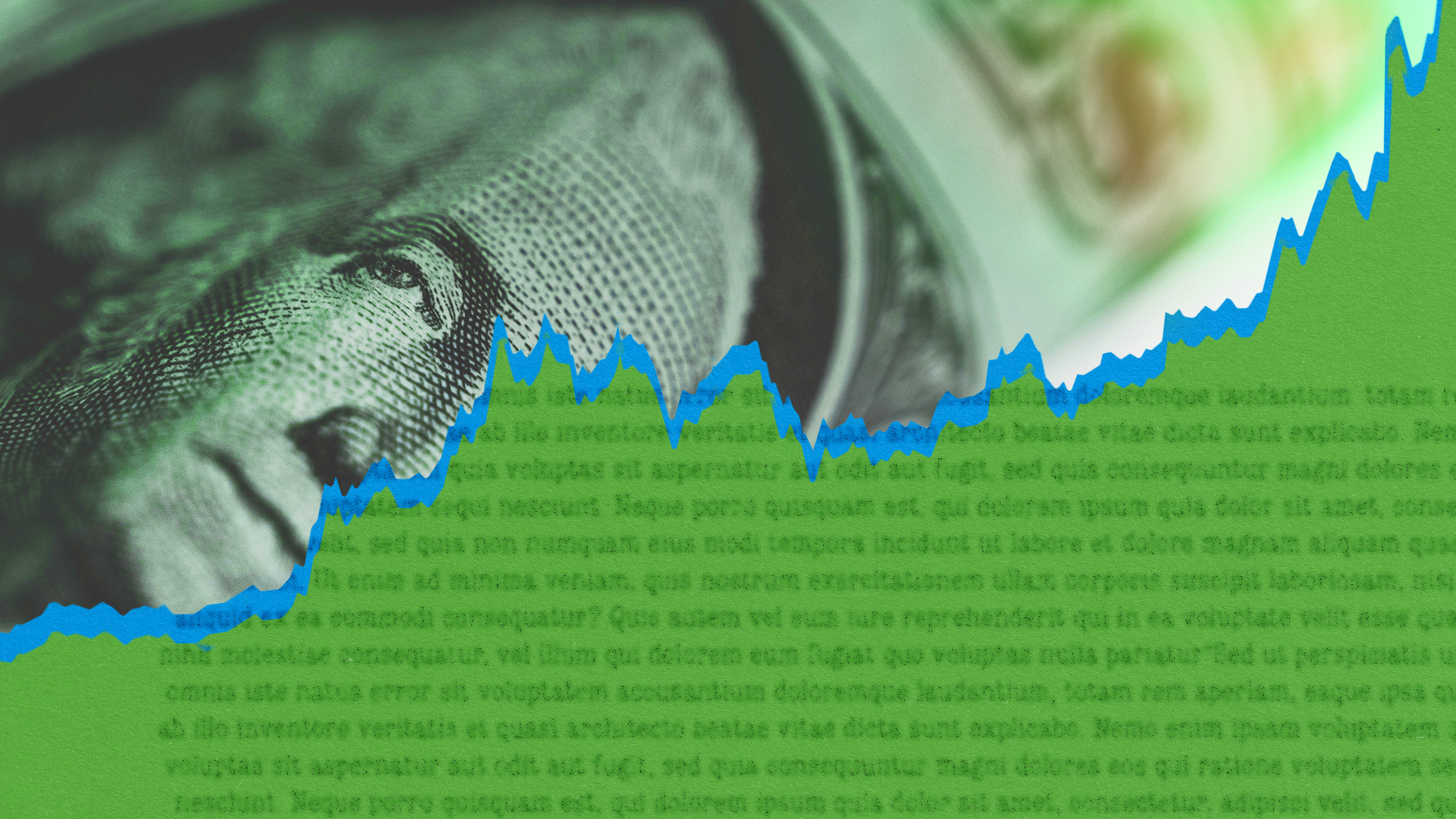Can A.I. remove human bias from the hiring process?

This series on diversity and inclusion is sponsored by Amway, which supports a prosperous economy through having a diverse workplace. Companies committed to diversity and inclusion are better equipped to innovate and drive performance. For more information, visit amwayglobal.com/our-story.
The world is becoming a more diverse place. And companies that don’t hire employees accordingly will lose out on crucial talent for generations to come. Standing in the way of increased workplace diversity, however, is often the unconscious biases of those doing the hiring.
What is ‘unconscious bias’? It’s any prejudice we have without being aware that we have it. We naturally form stronger bonds, for example, with people who look and act like us, which can gradually create highly homogenous workplaces (see: resume whitening).
But artificial intelligence may be able to see around our biases, so to speak, and help create an employee roster that’s not only more equitable but more talented as well.
Unconscious bias is a workplace hazard
In the book “The Inclusion Element,” authors Mark Kaplan and Mason Donovan say that we all have biases we aren’t aware of. And these unconscious biases translate into behaviors “that can have big impacts on fairness and inclusiveness.” When biases get embedded systemically into an organization, they can affect its ability to “fully engage its marketplace” and negatively impacts performance. This is especially so if the bias comes from the leader of the group or company.
“Not only does bias result in less than optimal decisions, it also affects performance in a more indirect way,” say Kaplan and Donovan. “A large body of research on the Pygmalion effect and self-fulfilling prophecy has demonstrated that leaders’ perceptions and expectations directly affect the performance of their staff.”
They recommend making biases visible in order to address them and improve the group’s diversity.
How artificial intelligence can help
To increase diversity and get around one of the major obstacles in combating bias – humans, a number of startups have sprung up that attempt to employ artificial intelligence in making hiring decisions. San Francisco-based Mya Systems, for example, created a chatbot named Mya that is used by several large recruitment agencies as the initial step in a job interview, reports Wired. The bot is able to evaluate the educational and professional backgrounds of the candidates as well as their level of interest. It also elaborates on the specifics of the job and answers questions on company policies and culture.
Other AI-based programs like HireVue utilize intelligent video- and text-based software to predict the best performers for each job by focusing on as many as 25,000 data points from video interviews. HireVue is used by companies such as Intel and Nike. Is it good for the potential employees? According to HireVue’s CTO Loren Larsen, by using HireVue, candidates are “getting the same shot regardless of gender, ethnicity, age, employment gaps, or college attended.”
Of course, there are detractors, who warn that AI algorithms are only as unbiased as the people who programmed them. Inevitably, the prejudices of the creators find their way into the data used by the AI as well as its decision-making process.
Still, fighting biases during the hiring stage is a worthwhile effort, especially in light of the fact that trying to change a biased culture that already exists may be a near impossibility, according to a study aptly named “Pointless Diversity Training: Unconscious Bias, New Racism and Agency” from the Queen Mary University of London. Mike Noon, the author of the study, calls unconscious bias training programs a “fashion” that is ”based on unproven suppositions and is unlikely to help eliminate racism in the workplace.” He found that identifying biases does not automatically cause changes in the behavior of managers and employees.
The scientist sees a danger in the fact that unconscious bias training efforts can often be quick and showy fixes for companies rather than “on-going and possibly lengthy process of reflection, discussion and awareness-raising.” Changing the company’s culture is more than fads that are “suited to a resurgence in behavioural science in an era of big data,” writes Noon.
“Diversity itself does not ensure innovation”
What are the benefits of having a diverse workplace beside being an inclusive place to conduct business?
One argument is that having a diverse group can improve the ability of that group to come up with innovative solutions to work tasks. As write Earl Lewis and Nancy Cantor in the introduction to Scott E. Page’s The Diversity Bonus, there is an advantage to be gained in having diverse individuals come together as a team in today’s “highly charged, competitive, fast-changing work settings.” Fluid work environments where people have to deal with an ever-increasing flow of information require more than talented people but an ability for all not to think the same thing, which may prevent success.
“The relevant ability of an individual may not suffice—especially if those in the room share almost the same knowledge and set of approaches to problems that require the flow of all kinds of insights and the application of varied tools,” say Lewis and Canton. “Success may depend on the cognitive diversity that makes for intelligent teams.”
As David Livermore sees it in his book Driven by Difference, just having a diverse workplace will not necessarily help the company to perform better. But given the right approach to diversity, it can become a powerful tool in creating innovation. What’s important is to foster the growth of cultural intelligence within your team.
“Diversity by itself does not ensure innovation, “ explains Livermore. “Diversity combined with high cultural intelligence (CQ) does. Cultural intelligence is the capability to function effectively in culturally diverse situations.”
—





